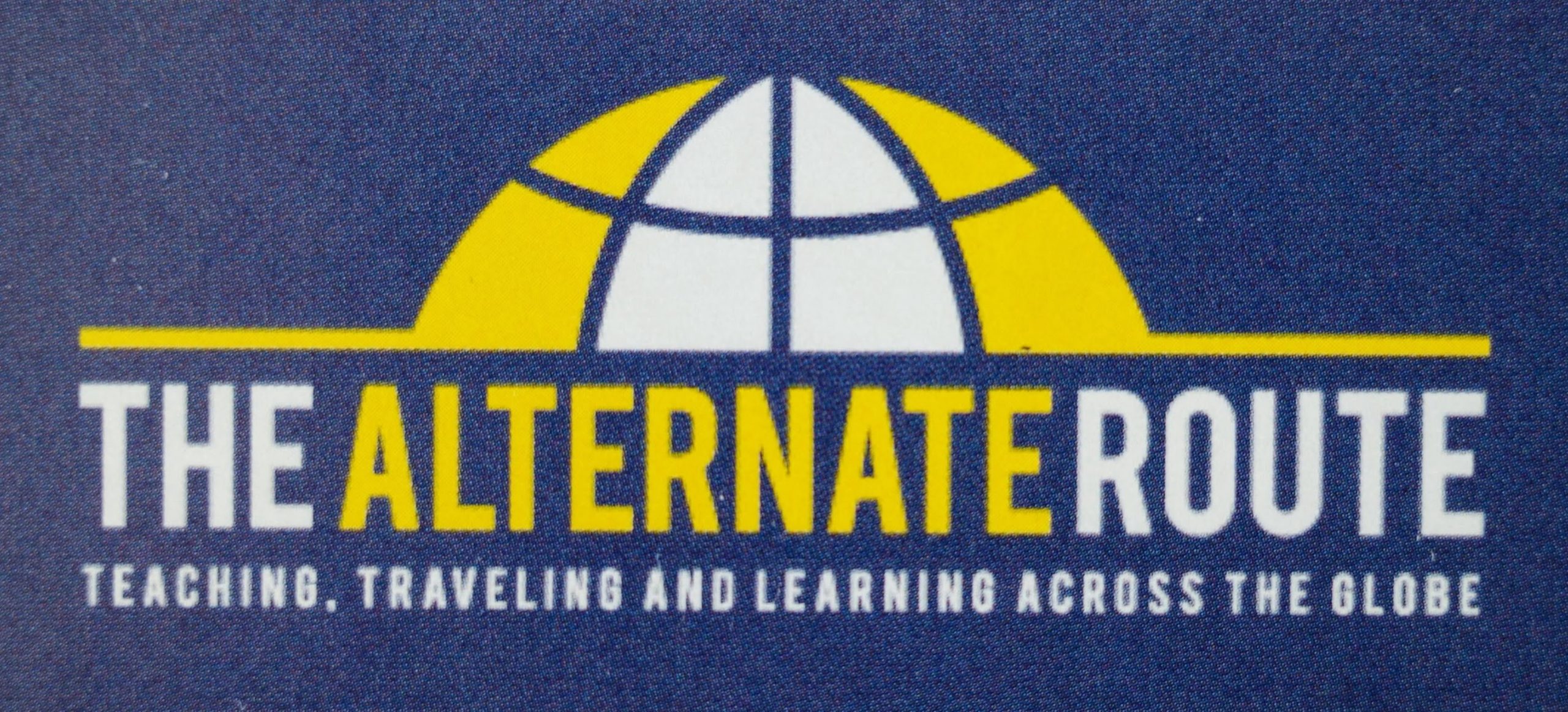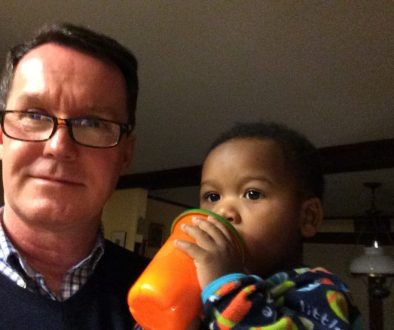What is a “MOOC” and how does it intersect with the online, or hybrid learning environments that I’ve been studying?
I remember hearing about criticisms of Massive Open Online Courses (MOOCs) recently in the news and feeling like I wasn’t getting the full story. After all, the concept of a MOOC seems to be a perfect fit for the 21st century. Learners can access information from anywhere in the world and collaborate online and exchange ideas. MOOCs could level the playing field, I thought, by providing equal access to the world’s knowledge to everyone. A student living in a slum in Kenya could learn from Harvard professors if he was motivated to do so. Recent news reports, however, criticized MOOCs by saying they were essentially not very effective. San Jose State University in California has experimented with MOOCs and found that students in these courses performed worse overall compared to students in traditional courses, including lower grades and higher dropout rates.
The report by Richard E. Ferdig, What Massive Open Online Courses Have to Offer K-12 Teachers and Students, puts these criticisms into perspective. Not all MOOCs are equal. Ferdig explains that among the many differences between MOOCs, two main groups can be identified: xMOOCs and cMOOCs. xMOOCs tend to create a traditional course environment online. For example, participants may watch video lectures, have assignments that are sent to the professor by a specific due dates and receive grades. cMOOCs are “community driven with a goal of connecting people around an idea for the greater good of that idea.” (Ferdig, 2013) The learners connect with each other by posting and responding online. Suggested readings and assignments are posted, but students are expected to choose their own path of learning and even encouraged to go beyond what is listed and report back to the community. Badges may be offered instead of grades. More information about how MOOCs have been unfairly criticized can be found in this recent article from The Atlantic.
I believe that MOOCs can be effective but they clearly depend on the motivation of the learner. In my sixth year program, I am participating in a cMOOC on deeper learning, and also taking classes that blend online and face-to-face meetings. I think having this balance is important. For example, there are over 1200 participants from around the world in the deeper learning MOOC, and about 12 students in my sixth year program. Having this small community within a larger community gives me the best of both worlds. I can exchange ideas and meet experts in the field through the MOOC while having the supportive environment of a smaller group. Despite the criticisms, I believe that MOOCs are here to stay. They are even discussed on The Colbert Report (see video below). Like all good ideas, they will evolve and improve over time. I am already thinking about what MOOCs I could participate in next year (after I finish my sixth year program).
Ferdig, R. E. (2013). What massive open online courses have to offer K–12 teachers and students. Michigan
Virtual Learning Research Institute.
Helper, L. Silicon Valley Business Journal. Coursera founder Andrew Ng tackles Sebastian Thrun’s online education critique, looks to corporate MOOC market –. Retrieved January 24, 2014, from http://m.bizjournals.com/sanjose/news/2013/11/20/courseras-ed-tech-enterprise-play.html?page=all&r=full
Kolowich, S. Angered by MOOC Deals, San Jose State Faculty Senate Considers Rebuff. The Chronicle of Higher Education. Retrieved January 24, 2014, from http://chronicle.com/article/Angered-by-MOOC-Deals-San/143137/
Reich, J., & Ho, A. (2014, January 23). The Tricky Task of Figuring Out What Makes a MOOC Successful. The Atlantic. Retrieved January 25, 2014, from http://www.theatlantic.com/education/archive/2014/01/the-tricky-task-of-figuring-out-what-makes-a-mooc-successful/283274/
cc image by OpenIcons


